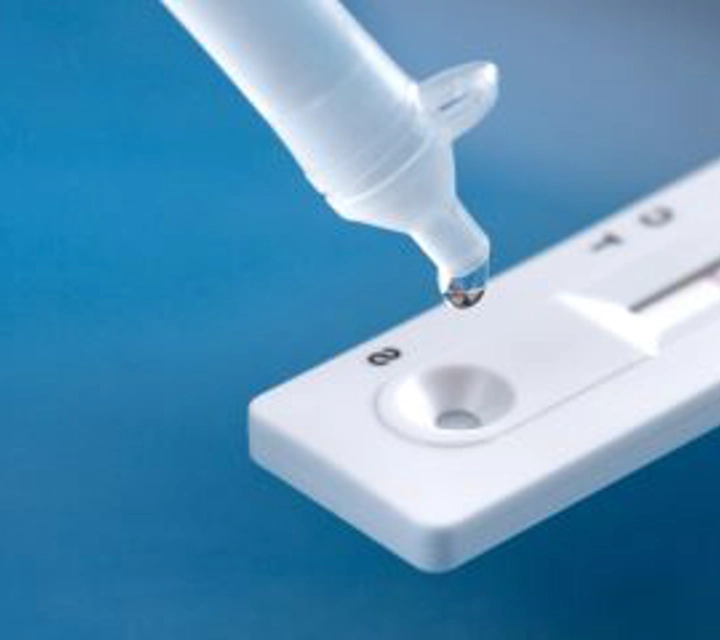Q: What is a cycle threshold value and can it be used to assess for contagiousness?
A: Reverse transcriptase polymerase chain reaction (RT-PCR) tests used to detect pathogens such as SARS-CoV-2 typically amplify viral RNA in a series of repeated cycles. When the amount of fluorescence signal generated by the reaction crosses a predetermined threshold, the instrument declares the test “positive” (Public Health Ontario, September 2020). The number of reaction cycles it takes to reach that threshold is called the “cycle threshold” (Ct) value. The lower the Ct value (meaning, the fewer cycles needed to turn a test positive), the greater the amount of viral RNA present in the original sample. In contrast, high Cts nearer to the assay’s limit of detection (often ~40 cycles) indicate trace amounts of viral RNA in the tested sample. Notably, one unit change in Ct value represents an exponential (doubling) increase in the viral target.
In research settings, many studies have found correlations between SARS-CoV-2 RT-PCR Ct values and the ability to culture live virus (Tassetto, September 2022; Gniazdowski, August 2021; Jaafar, June 2021; Singanayagam, August 2020), often citing Ct values between 28-32 as cut points above which virus isolation is unlikely (Kim, January 2021). In other words, if valid, the Ct proxy marker might serve as a much less labor-intensive data point for beside clinicians and infection control practitioners to assess whether a particular patient has an active, contagious infection that would require treatment and/or isolation (Mitchell, June 2022).
There are, however, several caveats to the interpretation of Ct values (Rhoads, May 2021). Fundamentally, these values are not clinically validated or cleared to serve as semi-quantitative viral load assessment. Variation in sample collection technique can lead to unreliable results and may not be reflective of a patient’s viral load; substances such as mucous, for example, can skew results. Additionally, Ct results can vary by testing platform, machine, and gene target (Gavina, January 2023). As with any test, a Ct value indicates a snapshot at time of testing and needs to be taken in context of a patient’s symptoms and disease course. It is possible, for example, for a patient sample to have a high Ct on initial testing at the early stage of an infection, yet show low Ct on a repeat sample as the infection progresses.
In light of these limitations, U.S. lab science and infectious diseases groups have ultimately advised against reporting and using Ct values to guide clinical decision making (IDSA, AMP, March 2021). Other health authorities have provided nuanced guidance on interpretation of Ct values (Public Health England, October 2020), and advise use only in the setting of validated assays and ideally when used in serial fashion. There remains consensus that consultation with a clinical microbiologist or infectious diseases physician is recommended prior to making clinical decisions using Ct values.

